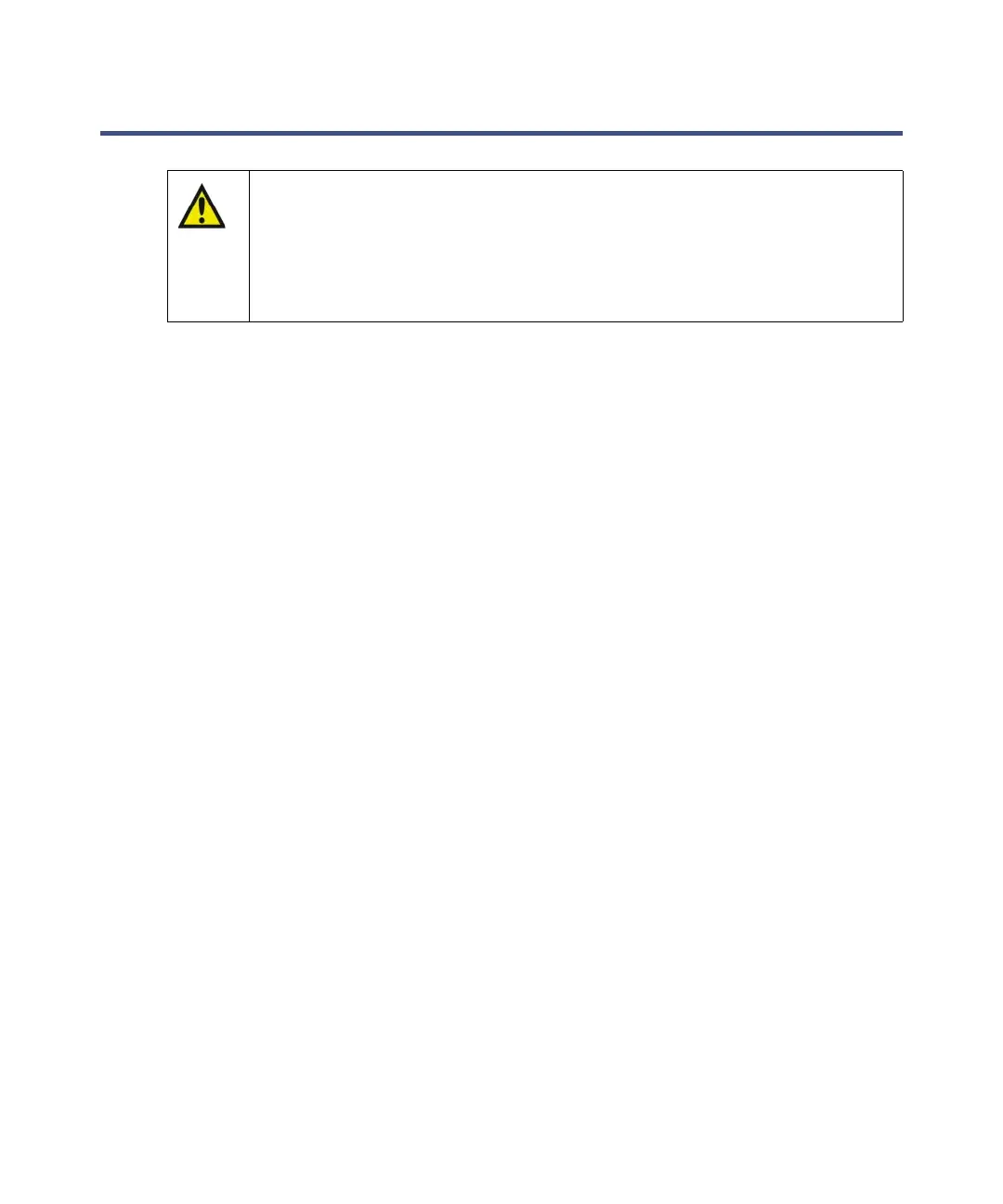4-2 Troubleshooting
System troubleshooting
Follow these basic steps to perform system troubleshooting:
1. Examine the system, checking the simple things first. Is something
obvious causing the problem? For example, is an instrument unplugged
or improperly connected?
2. Compare the current system operation with the way the system
operated before the problem started. To help you identify normal
operating conditions:
• Record a map of your LC system (tubes and power connections).
• Keep a daily log.
• Run test chromatograms regularly.
Recommendation: Keep track of system parameters and the results of
your chromatography during normal operation. Troubleshooting is
easier if you know the typical conditions when the system is operating
correctly.
Example: If your system usually runs at nnn psi with a certain method,
is the system pressure currently in the same range, or drastically higher
(possibly caused by a clog) or lower (possibly caused by a leak)? Are
pressure fluctuations in the same pressure range as during normal
operation?
When your system is installed, and each time you develop a new method,
record the system conditions during normal operation.
3. Identify in the following order the symptom that varies from normal
system operation:
• System pressure (high, low, or erratic)
• Baseline (plumbing-related or detector-electronics-related)
• Changes in peak retention time
Warning: To prevent injury, always observe good laboratory
practices when you handle solvents, change tubes, or operate the
binary gradient module. Know the physical and chemical properties
of the solvents you use. Refer to the Material Safety Data Sheets for
the solvents in use.
